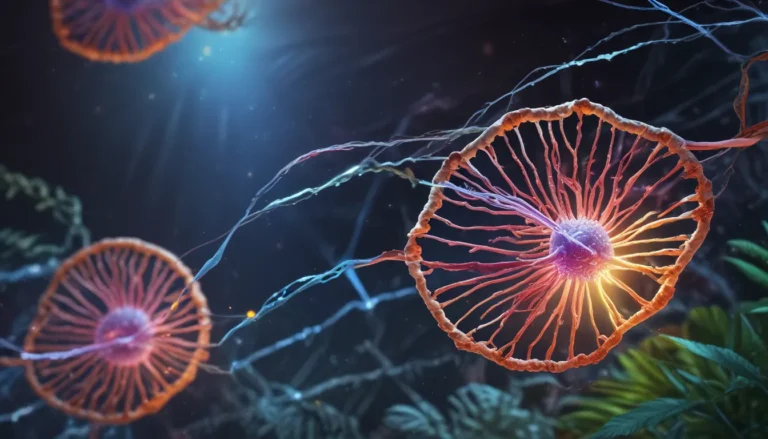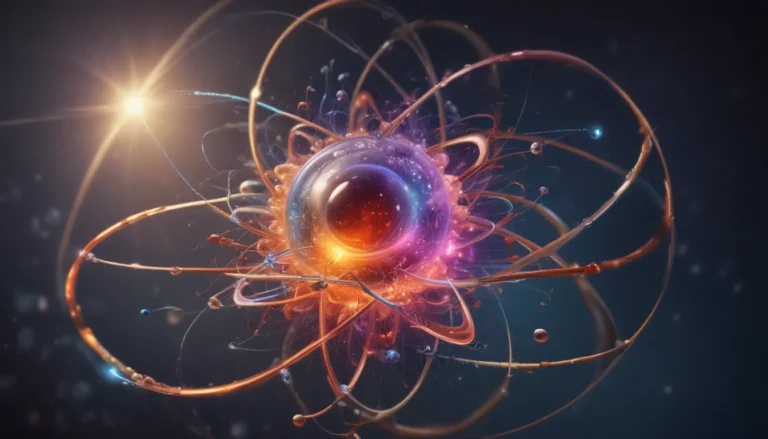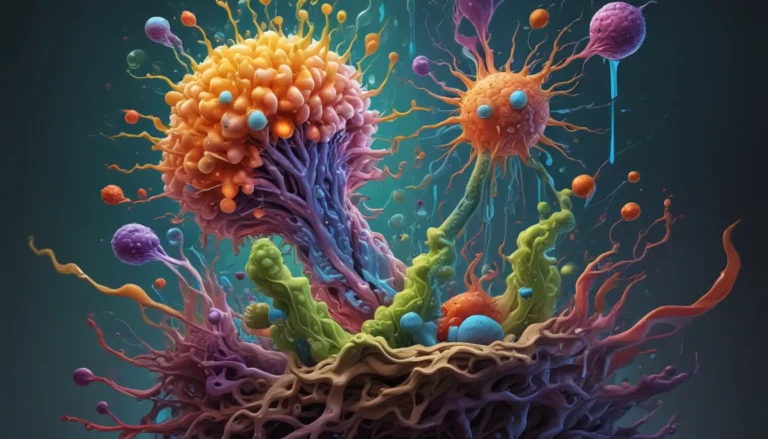A Note About Images: The images used in our articles are for illustration purposes only and may not exactly match the content. They are meant to engage readers, but the text should be relied upon for accurate information.
Are you intrigued by the mysteries of chemistry? If so, get ready to embark on a fascinating journey into the realm of vacancy defects! These captivating imperfections occur in a wide range of materials, from metals to crystals, and have the potential to unlock unique properties and characteristics. In this article, we will delve into 10 unbelievable facts about vacancy defects that will broaden your understanding of the wonders of chemistry. From their impact on conductivity to catalytic activity, vacancy defects have a profound influence on the materials around us. So, let’s dive in and unravel the remarkable world of vacancy defects!
Unveiling the Marvel of Vacancy Defects
Vacancy defects, also known as crystal vacancies, are a mysterious imperfection that arises when an atom is missing from its designated position within a crystal lattice. While it may seem like a minor absence, the repercussions of vacancy defects are anything but ordinary.
Nature’s Quirks: The Essence of Vacancy Defects
Surprisingly, vacancy defects are a ubiquitous occurrence in nearly all materials, even in the most flawless crystals. It’s almost as if nature intentionally leaves a mark of its creative chaos within the structured order of matter, highlighting the intricacies of the natural world.
The Perfect Imperfection: A Perfect Vacancy Storm
Under specific circumstances, vacancy defects can aggregate to form what scientists refer to as a “perfect vacancy storm.” These clusters can exert a significant influence on a material’s properties, leading to unexpected behaviors, and sometimes even prompting spontaneous phase transitions.
Vacancy Defects Shape Electrical Conductivity
Vacancy defects play a pivotal role in determining the electrical conductivity of materials. In certain cases, these imperfections can enhance conductivity by creating additional pathways for electron movement. This phenomenon has been harnessed in various technological applications, ranging from semiconductors to superconductors.
Healing the Void: Nature’s Restoration Mechanism
Interestingly, vacancy defects are not permanent blemishes. Given the right conditions, these imperfections can be rectified as atoms relocate to fill the vacant positions, reinstating the integrity of the crystal lattice. This self-healing attribute adds an intriguing layer of complexity to the behavior of vacancy defects and their impact on material properties.
Facilitating Diffusion Through Vacancy Defects
The presence of vacancy defects can significantly influence the process of diffusion, where atoms move through a material. These imperfections create pathways that enable atoms to move more freely, leading to enhanced diffusion rates. This mechanism is a focal point in fields such as metallurgy and materials engineering.
Unraveling the Role of Vacancy Defects in Catalysts
Catalysts play a crucial role in various chemical reactions, and vacancy defects can wield a substantial impact on their performance. These imperfections can alter surface reactivity, adsorption properties, and overall catalytic activity, underscoring the importance of studying vacancy defects in the realm of catalysis.
Illuminating Optical Properties Through Vacancy Defects
Vacancy defects can induce captivating effects on the optical properties of materials by creating localized energy states within the crystal lattice. These imperfections have the potential to alter the absorption, emission, and reflection of light, a phenomenon extensively explored in the development of optoelectronic devices.
Shaping Mechanical Properties Through Vacancy Defects
The presence of vacancy defects can significantly influence the mechanical properties of materials. These imperfections act as stress concentrators, thereby diminishing the material’s strength and altering its fracture behavior. Understanding the role of vacancy defects is indispensable for designing materials with enhanced mechanical properties.
Embracing the Possibilities of Vacancy Defects
Though vacancy defects may disrupt the pristine order within materials, they also unveil new avenues for innovation. Researchers are continually exploring the potential of these imperfections to manipulate material properties, ushering in the era of advanced materials with tailored characteristics.
Unveiling the Infinite Potential of Vacancy Defects
As we scratch the surface of the universe of vacancy defects, we can foresee a plethora of groundbreaking discoveries that will not only transform industries but also push the boundaries of our collective knowledge. It is through understanding the nature and behavior of these imperfections that we pave the way for novel materials and innovative applications.
FAQs: Unlocking the Mysteries of Vacancy Defects
- What exactly is a vacancy defect?
-
A vacancy defect refers to an imperfection in a crystal lattice where an atom or ion is missing from its expected position, creating an empty space or “vacancy.”
-
How do vacancy defects occur?
-
Vacancy defects can arise during crystal growth, thermal treatments, irradiation-induced displacements, chemical reactions, or mechanical stresses, leading to atoms being displaced from their intended positions.
-
What are the effects of vacancy defects?
-
Vacancy defects can impact properties such as electrical conductivity, optical properties, and mechanical strength, influencing the overall behavior of materials.
-
Can vacancy defects be intentionally created?
-
Yes, scientists can intentionally create vacancy defects using techniques like ion implantation, thermal treatments, and chemical reactions to modify material properties for specific applications.
-
Are vacancy defects only found in inorganic materials?
- No, vacancy defects can occur in both inorganic and organic materials, showcasing their versatile presence across various material types.
While vacancy defects may seem like a flaw in the perfect order of materials, they serve as gateways to innovation and advancement. By delving deeper into the realm of vacancy defects, we unravel a world of possibilities, driving us towards the creation of materials that defy conventional boundaries and redefine the limits of scientific exploration.






